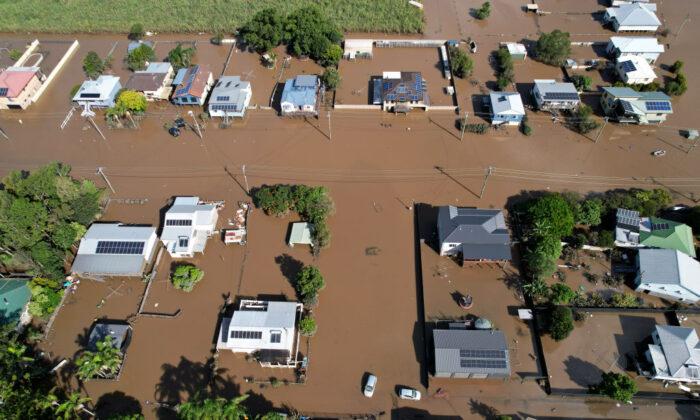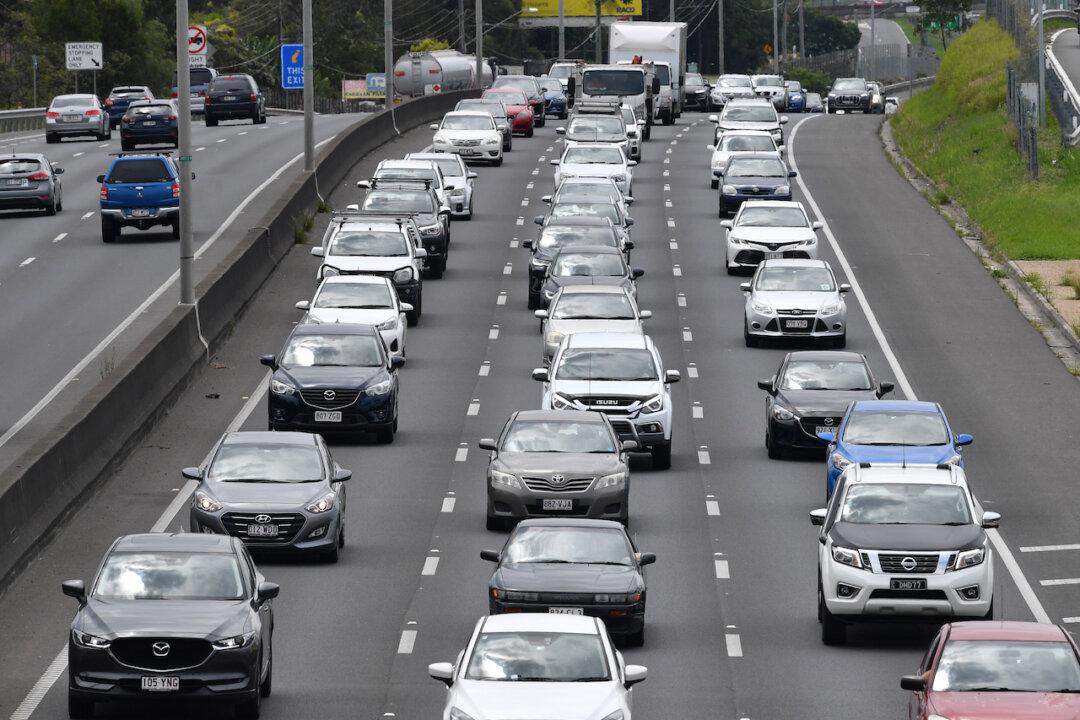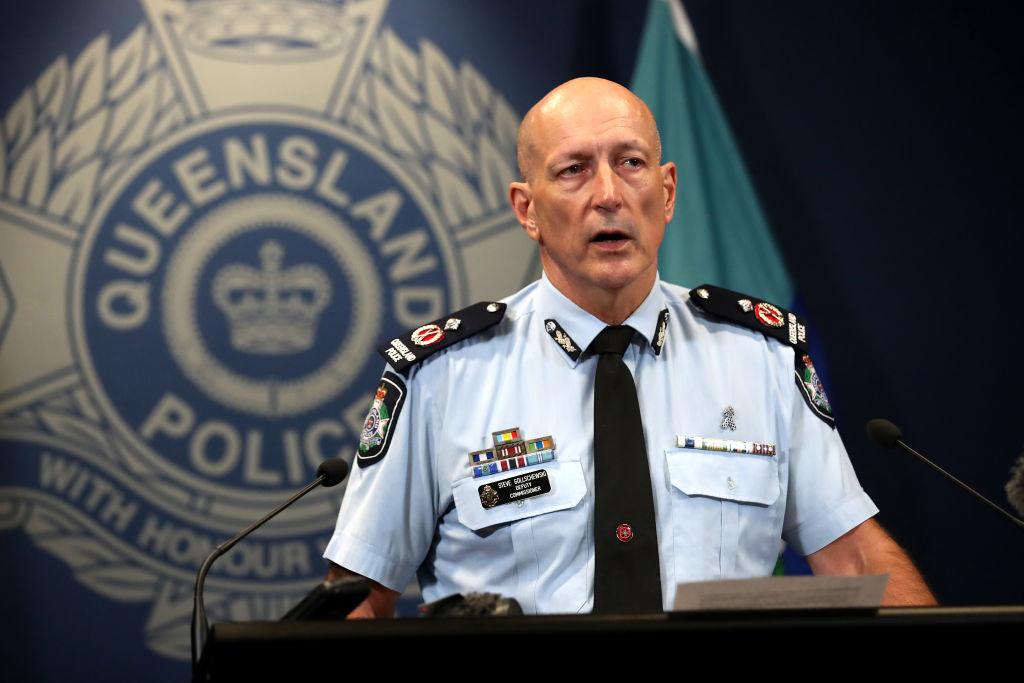Dodging giant potholes and getting bogged are all in a day’s work for Grenfell farmer Robert Grimm.
The central western NSW region of Australia has experienced some of its worst flooding in 70 years, with four natural disasters declared in the past 12 months.
And the rain has torn through more than just crops.
“The roads are just in an atrocious condition ranging from large sections ... with potholes in them to collapsed culverts,” Grimm says.
They’re so damaged Weddin Shire Council has declared some closed, including the Grimm’s only way in and out of their property.
In other words, they’re officially stranded.
“We’ve got no other option,” Grimm shrugs.
“We just want to make sure we’re not being exposed to possible public liability and all those sorts of issues.
“I’ve rung the local council and they said ‘we have to do that to cover ourselves for liability’.
“I said, ‘well, all you’re doing is transferring that on to us’.
“We’re told they’re not to be used and there’s no insurance when you’re on these roads and they’re the only access roads that we have.”
Acting director for infrastructure services Linda Woods says anyone caught driving on closed roads risks breaking the law and having their insurance voided.
But there’s no indication of when the roads will be opened let alone fixed.
“[The council] needs weather improvements, the roads to dry out, the finalisation of Resilience Natural Disaster funding applications,” Woods says.
In November the farmer’s federation called for the army to help with road repairs, a call echoed this week by national advocacy group Grain Growers Ltd.
“We’re in a time critical industry, in the middle of harvest, and we need all the assistance we can get to get our produce to port,” says chair Rhys Turton.
He says the situation is desperate and funding for freight access routes is needed urgently.
“It is absolutely extreme, we’ve seen [damage] on arterial roads, on rail and on local roads,” he tells AAP.
“When critical transport infrastructure has suffered damage, you end up with a shortage of essential goods ... and effectively it just puts pressure on the cost of living for everybody.”
Half an hour west, at Quandialla, at another of the Grimm properties, the road is impassable. That means the entire harvest, will stay on farm.
“We’re in the middle of ... trying to retrieve what income we can because we need it desperately,” Robert says.
“We need to pay bills because if you’re not selling your product, you’re not getting the money in.”
Further north, the road to Harvey Matthews’ place has potholes at least 30 cm deep and cracks wider than car tyres.
The 70-year-old will spend the next six weeks trucking his canola crops to the nearest silos but damaged roads means a delayed haul.
“It’s double the time to do the round trip because of the condition of what roads are available to drive on,” he says.
It makes for a dangerous and time consuming task.
“The erosion on the gravel roads can be up to hundreds of meters long and up to half a meter deep,” Matthews says.
More than 400km south, in northern Victoria, Peter Lawless describes the road network as “an absolute disgrace”.
The Yarrawonga farmer is also the mayor of Moira Shire and knows too well the pressures on government to fix the roads.
“There’s that much to fix, it’s a huge job,” he tells AAP as he drives the Hume highway to Melbourne where he’s just hit a pothole.
But a lack of road workers has left him scratching his head.
“I’ve already driven 200 kilometres this morning and have not seen one maintenance person on a road,” he says.
“Some of the roads ... the road surface need completely redoing, it’s sort of gone past just fixing some of the holes.”
With extra traffic due to harvest, he’s worried about what lies ahead.
“Who knows what state they’re going be in in a month’s time?” he says.
“We seriously need more funding but I think there’s that much to do we haven’t got enough contractors.”
The minister for agriculture and emergency services Murray Watt has told AAP the army is not the answer.
“They’re more focused on helping people clean up their properties and their farms but what we are doing is trying to mobilise contractors,” he says.
He’s urging the private sector to work with councils to carry out repairs and share machinery and staff.
“There are already a number of roads around the country, a large number, that have had potholes filled but the sheer scale of the damage is so huge.
“Damage of that scale can’t be fixed overnight but work is happening.”
Grimm knows the task is enormous. He’s even offered to provide his local council with gravel but they declined.
“We don’t expect the roads to be repaired, we just expect them to be maintained to a point where they can be used,” he says.
But his patience will likely be tested.
On Friday a budget estimates hearing for the rural, regional and transport committee heard just how complex the funding arrangements are.
The department of infrastructure and transport’s David Hallinan told the hearing that where roads and bridges are washed away it’s a matter for disaster response and the disaster recovering funding arrangement.
Where potholes have appeared, that’s the responsibility of local council or state government, depending on who owns the road.
“Anybody driving on regional roads knows there’s been substantial rain damage and not just regional roads, city roads too,” Hallinan says.






Friends Read Free